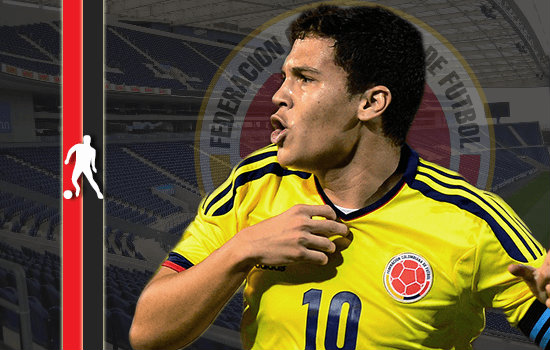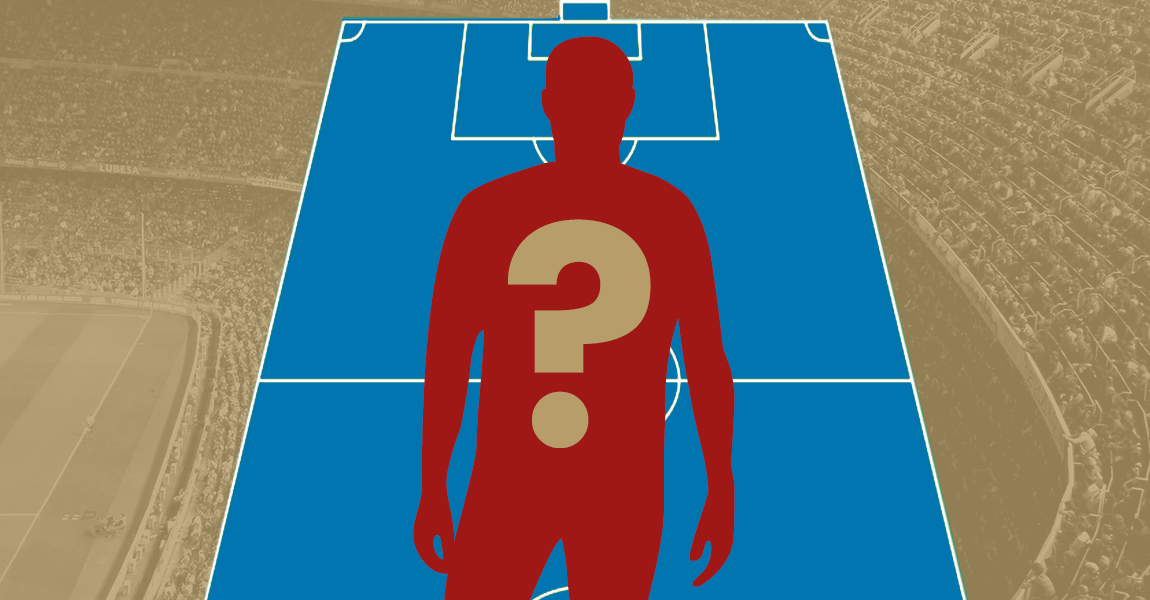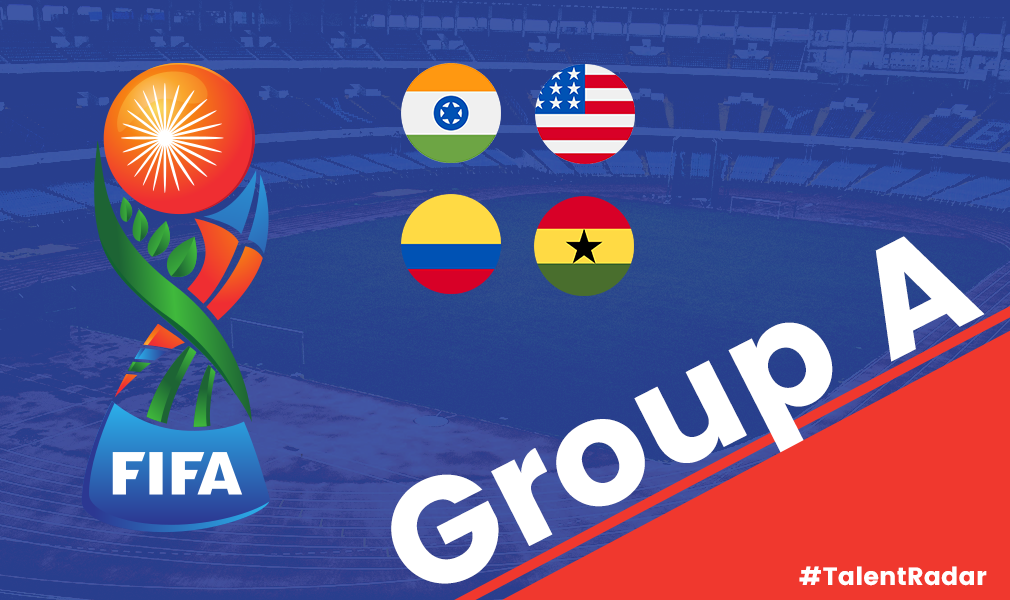
Over the last few years, Portuguese giants Porto have shown the tendency to sign young South American talents, and turn them into recognized stars, and then ship these players on for massive profit. The likes of Falcao, James Rodriguez, Hulk, Fredy Guarin and many others all earned moves on the back of impressive performances with Porto; they have grossed over £400m in player sales since 2003. Despite constantly selling key players, Porto has won 16 major trophies in that timeframe; this is because they have always been one step ahead of every other club in scouting, bringing in young talents with loads of potential year after year to replace the stars they sell. One such example is Colombian playmaker Juan Quintero.
WHO IS JUAN QUINTERO?
Juan Fernando Quintero Paniagua, or simply Juan Quintero, was born in Medellin, Colombia on January 18th, 1993. The attacking midfielder began his footballing career at Envigado, spending 4 years with the Colombian club’s youth team. He was subsequently promoted to Envigado’s first team in 2008 at the age of 15 and made 40 appearances over the next three years before earning a move to Colombian giants Atletico Nacional. Within half a season, the diminutive playmaker had caught the attention of European scouts; he joined Serie A side Pescara in the summer of 2012. Quintero began his first season in Europe brightly, making 14 appearances in the first half of the campaign. His Pescara career stalled after January as the Colombian was selected for the South American Under-20 Championship to be held in Argentina in January of 2013. Quintero donned the number 10 jersey for the tournament and played a pivotal part in Colombia lifting the trophy for the third time. The prodigious talent scored 5 goals and notched 4 assists, including a 50-yard free kick and a goal in the final; his impressive display earned him the tournament’s MVP award. His performances with Colombia U-20 catapulted the playmaker into the limelight as he was suddenly linked to the likes of Inter Milan, Juventus, and Manchester United.
Unfortunately, injuries plagued Quintero for the remainder of the European season; he could only make another 3 appearances for Pescara, who ended the season with relegation to Serie B. Pescara forbade the player from joining the Colombia U-20 side for the 2013 Toulon tournament, but Quintero received another chance to impress at the 2013 U-20 World Cup in Turkey. Despite Colombia’s failure to progress, Quintero received plaudits and was praised as the best player in the group stage as he scored 3 goals and contributed 1 assist and received the goal of the tournament award for a long range stunner against Ecuador.
The relegated Pescara could no longer hold on to the Colombian magician as he sealed a €5 million move to Porto in the summer of 2013; the Portuguese giants placed a €40 million in his contract as they saw the enormous potential in the playmaker. Quintero took the number 10 jersey that was previously worn by compatriot James Rodriguez. After brilliant early performances, including a goal within seconds of his league debut, the Colombian was injured in October of 2013. His comeback stalled as he received fewer minutes than he had at the start of the campaign. Under new manager Luis Castro, however, the 21-year old earned more game time, even playing his first full 90 minutes against Academica. Ultimately, Quintero had a successful first season at Porto, scoring 4 goals and providing 4 assists, with the year culminating in a spot on the plane to Brazil.
Juan Quintero is extremely unlikely to start in Brazil this summer because of the presence of Monaco attacking midfielder James Rodriguez. However, coach Jose Pekerman knows the triple threat of goals, dribbling, and passing Quintero brings, and he will look to use the attacking midfielder off the bench to unlock defenses. Quintero could start in a deeper midfield position or out on the wing, but both are highly unlikely and the 21 year old will have to be content with a reduced role at his first World Cup.
Juan Quintero also featured in Outside of the Boot’s list of 100 Best Young Players to Watch-out for in 2014.
STYLE, STRENGTHS, AND WEAKNESSES
A diminutive South American attacker with a brilliant left foot? Sound like anybody you know? Juan Quintero will almost certainly not reach the level of Lionel Messi; however, his style of play has prompted comparisons between him and the Barcelona star. Quintero’s strengths seemingly make him the perfect modern playmaker: the Colombian possesses excellent dribbling skills as well as a great passing range. His dribbling benefits from his low center of gravity, giving him unnatural balance that helps him evade challenges and beat defenders with ease. While Quintero isn’t blessed with breakneck speed, he does possess a great burst of pace. More importantly, the midfielder knows exactly when to accelerate away from his marker. His slightly stocky build and innate strength help him retain the ball under pressure and go hand in hand with his impeccable control to make him almost impossible to dispossess.
Quintero’s passing sets him apart players his age. His excellent vision combines with his penchant for defense-splitting through balls. He can see gaps no other player can and has the technical ability to take advantage of those gaps with his passing range. Quintero is incisive and creative; he can unlock the most resilient of defenses.
Quintero isn’t afraid of dropping deeper to gain possession, even picking up the ball off his center backs or holding midfielders. With a quick turn, Quintero can transform harmless possession into a dangerous attack thanks to his passing and dribbling. Even further up the pitch the Colombian knows how to effectively take up space; he is a constant threat, operating between the lines of attack and midfield.
Many top level playmakers today have the ability to open up defenses or dribble past opposition and leave defenders in their wake. However, very few playmakers possess both in tandem and have the ability to score goals. Quintero is one of those select few; he has a rocket of a left foot. The Colombian is extremely dangerous from set pieces, no matter the distance. While the statistics may only show 8 goals in over 82 club games, Quintero brings a dangerous goal threat from almost anywhere in the attacking third as he has the ability to score long range stunners at will.
Quintero is a confident, precocious talent; confident to the extent that the Colombian has the tendency to overcomplicate plays. Even when the easy pass might be on, Quintero will seek to beat his man; the Colombian isn’t selfish but instead possesses great belief in his ability. Such confidence is only natural and good for a young footballer, and this flaw will work itself out of his game with maturity and experience at the top level. At the same time, Quintero is over dependent on his left foot. Despite the skill he possesses, his reliance on his stronger foot does make him predictable to a certain extent. However, like Arjen Robben has shown us, simply knowing where the attacker wants to go isn’t enough to stop the attacker. Quintero’s array of talents almost negates his over reliance on his left foot; his attacking threat is not diminished.
One weakness that could plague the rest of the Colombian’s career is his unfortunate penchant for injuries. Quintero missed the second half of the 2010/11 season with a broken tibia, he missed 10 games through different injuries for Pescara, and then missed almost two months with a hamstring injury for Porto. Many great players failed to live up to their enormous potential due to constant injuries, and one hopes the same fate does not befall the Colombian.
Quintero may not be the individual remember the 2014 World Cup by, nor one they’ll intently watch for the rest of the season, but he certainly is a name you will hear a lot about in the coming years.
Read all our Scout Reports here, and our World Cup content here.
- A Tribute to Robin van Persie - July 23, 2015
- Chris Smalling: Redemption Achieved? - June 10, 2015
- The story of Ashley Young’s resurgence under Louis van Gaal - April 29, 2015
























































